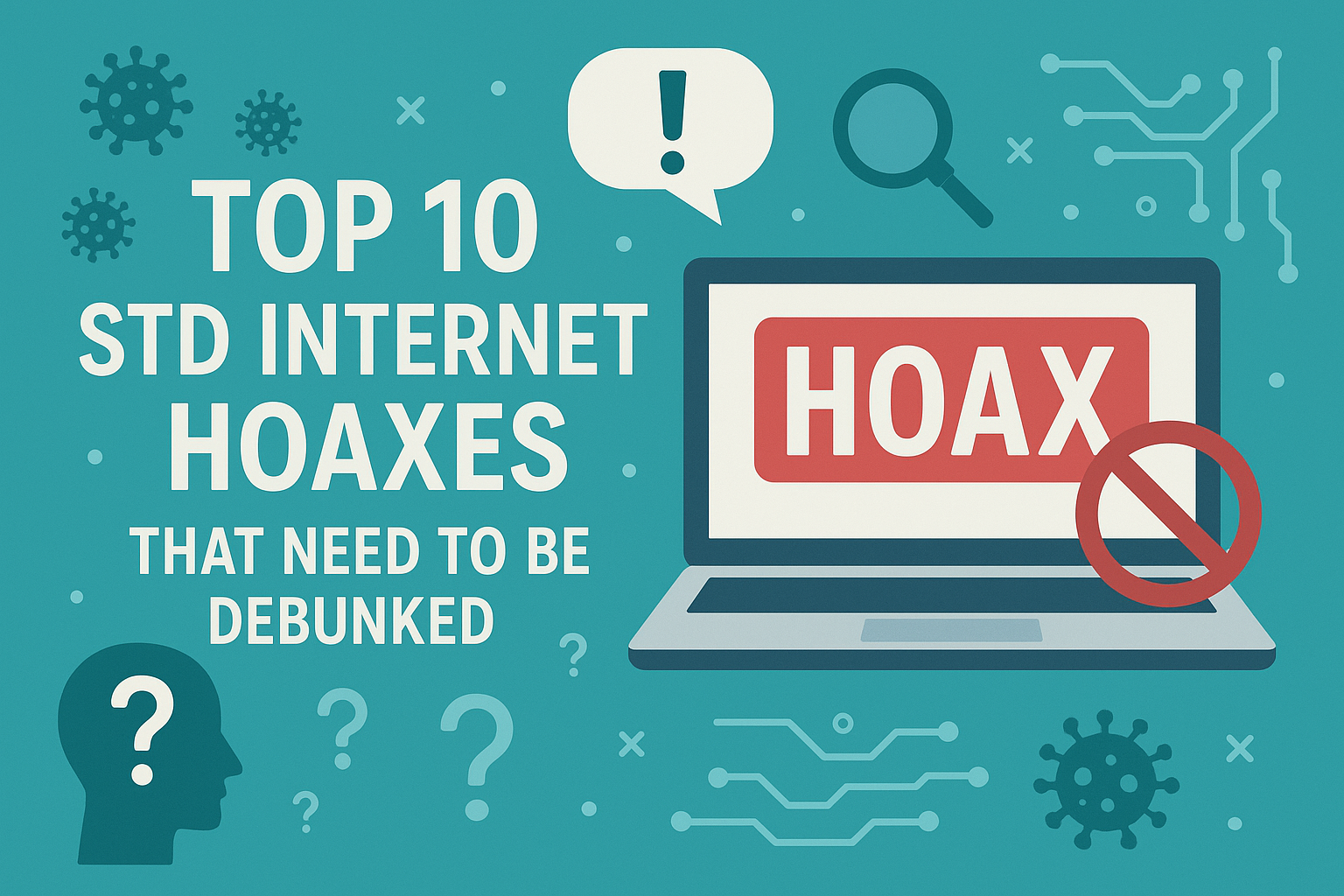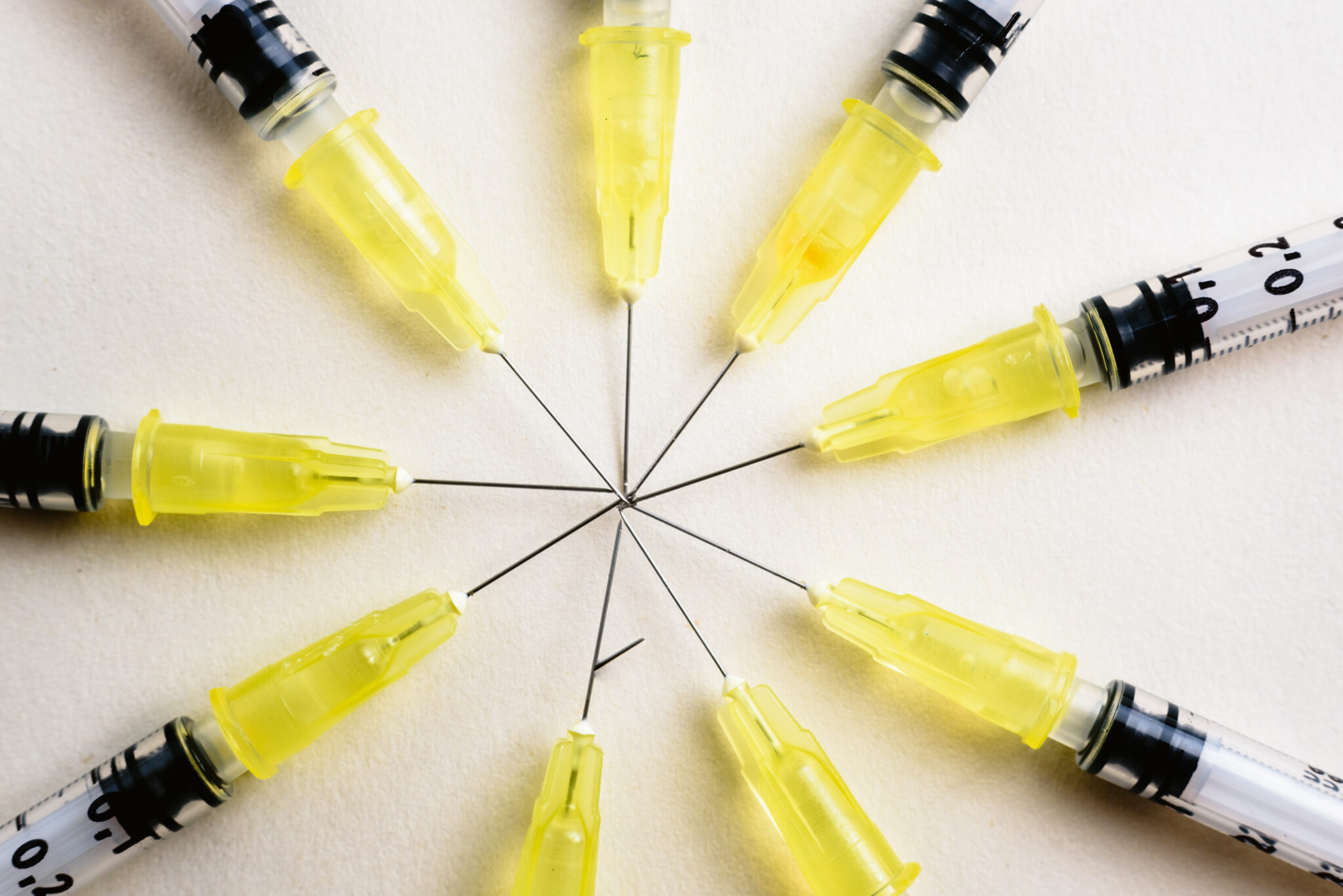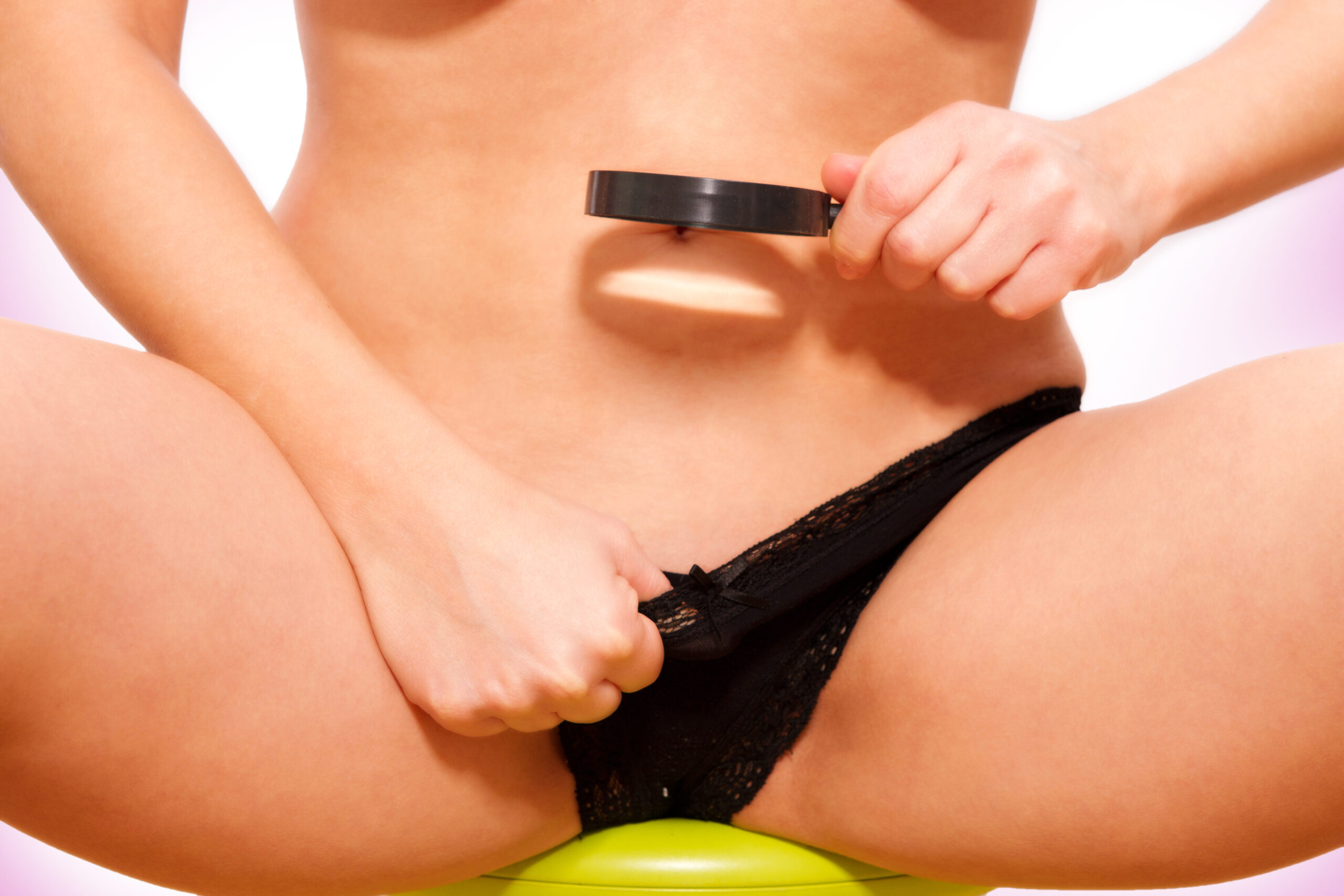The internet is a vast resource of valuable information. But such a large hub of information is also susceptible to those who mean ill-will and want to spread misinformation. The sensitive subject of STDs is often the center of vast misinformation, rooted in fearmongering rather than facts that adds to the already stigmatized issue. Let’s tackle the top 10 STD internet hoaxes and set the record straight so that you can know what’s true, and what is not.
1. The “Blue Waffle” Disease

The Claim: “Blue waffle” is a horrifying STD that causes severe discoloration and damage to the genitals.
The Truth: This is completely fabricated. There is no medical condition called “blue waffle.” The images associated with this hoax are doctored or unrelated. This myth started as an internet prank but quickly spiraled into widespread misinformation. We debnk the blue waffle myth, explaining how such hoaxes perpetuate fear and misinformation about STDs, often discouraging people from seeking accurate medical advice.
2. HIV Needles in Gas Pump Handles
The Claim: People are placing HIV-contaminated needles in gas pump handles to intentionally infect others.
The Truth: HIV cannot survive outside the human body for long, and there have been no verified cases of this happening. This myth likely originates from urban legends designed to provoke fear. The Centers for Disease Control and Prevention (CDC) confirms that HIV survival outside the body is extremely limited, making such scenarios implausible. However, this myth contributes to the stigma surrounding HIV and distracts us from real prevention strategies.
3. Contracting HIV/STD from Public Toilet Seats
The Claim: You can catch STDs like herpes, gonorrhea, or HIV from sitting on a public toilet seat.
The Truth: STDs require specific bodily fluid contact and cannot survive long on surfaces like toilet seats. This myth likely persists due to general discomfort with public restrooms. The Mayo Clinic’s guide on STD transmission emphasizes that casual contact, which includes contact on toilet seats, is not a mode of transmission. Understanding this helps reduce unwarranted fears and encourages focus on actual risks.
4. STD Blood in Ketchup Packets
The Claim: Fast food ketchup packets or soda cans have been injected with STD-infected blood.
The Truth: This myth resurfaces occasionally but has no basis in reality. HIV and other STDs cannot survive or transmit in such conditions. Stories like this feed into public anxiety about food safety and infectious diseases. The World Health Organization (WHO) addresses misconceptions like these, noting that STDs require specific conditions for survival and transmission.
5. HIV-Infected Syringes in Public Places
The Claim: HIV-contaminated syringes are left in public areas like movie theater seats, vending machines, or playgrounds.
The Truth: While discarded needles in public can pose health risks, HIV transmission through such methods is highly unlikely. According to CDC’s guide on HIV risk factors, the virus cannot survive long outside the body, and casual contact with a needle does not typically result in transmission. This myth, like most others, is fueled mostly by fear rather than factual evidence.
6. Cures for STDs Are Being Hidden by Big Pharma
The Claim: There are cures for herpes, HIV, and other STDs, but pharmaceutical companies are suppressing them to make money.
The Truth: While medical science has advanced significantly, not all diseases have cures yet. Effective treatments exist, but there’s no evidence of a conspiracy to suppress cures. The National Institutes of Health (NIH) emphasizes the ongoing research to develop vaccines and better treatments. Conspiracy theories like this undermine trust in medical professionals and public health efforts.
7. Perfume Samples Used to Spread STDs
The Claim: Criminals are distributing STD-or-drug-laced perfume samples in public to infect or harm people.
The Truth: This urban legend has no factual basis and plays on fear. STDs are not transmitted through such means. Snopes thoroughly debunks these perfume sample hoaxes, which often resurface with slight variations. It’s essential to recognize these stories as fear tactics rather than legitimate threats.
8. Hot Tubs and Swimming Pools Can Spread STDs
The Claim: You can catch STDs like chlamydia or gonorrhea from hot tubs or swimming pools.
The Truth: STDs cannot survive in chlorinated water and require direct contact for transmission. The American Sexual Health Association (ASHA) clarifies that while public pools and hot tubs may carry other risks, STD transmission is not one of them. Educating the public about this helps focus on real preventive measures.
9. Peeing After Sex Prevents STDs
The Claim: Urinating after sex can flush out any STD you may have been exposed to.
The Truth: While urinating after sex may help prevent UTIs, it does not protect against STDs. Planned Parenthood’s STD prevention guide explains that only barrier methods like condoms and dental dams alongside regular testing can reduce the risk of STDs. Misinformation like this can give a false sense of security, underscoring the need for accurate education.
10. Visible Symptoms Are Always Present
The Claim: You can tell if someone has an STD just by looking at them or their genitals.
The Truth: Many STDs are asymptomatic, meaning they show no visible symptoms. Regular testing is the only way to confirm an infection. The CDC stresses that asymptomatic cases are common, while emphasizing that regular screenings are critical for sexually active individuals to best prevent Sexually Transmitted Infections.
Why Debunking These Hoaxes Matters
These hoaxes are not just harmless internet chatter—they contribute to stigma, discourage people from seeking testing or treatment, and spread fear instead of facts. By debunking these myths, we can promote accurate information, encourage responsible health practices, and reduce the shame associated with STDs.
Remember: If you’re ever in doubt about something you’ve heard, consult a reliable source, such as a healthcare professional or a trusted public health organization. Beware that most of these myths are used to strike fear into the reader, rather than to offer accurate, useful information about preventing STIs.






